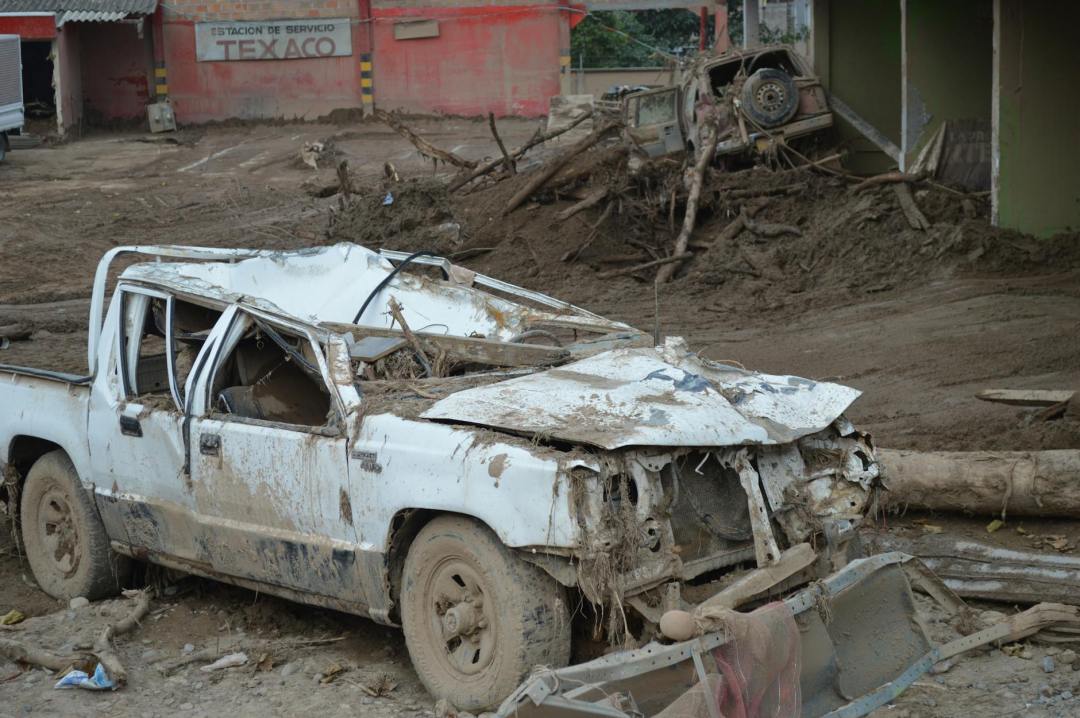When Nature Strikes: How Natural Calamities Cripple Economic Development
Natural calamities, from earthquakes and floods to hurricanes and droughts, are a grim reality for many parts of the world. Beyond the immediate human cost, these disasters leave behind a devastating trail of economic destruction, hindering development for years to come.
The Immediate Blow:
- Infrastructure Damage: The most visible impact is the destruction of roads, bridges, power lines, and communication networks. This disrupts supply chains, hinders transportation, and isolates communities, crippling economic activity.
- Loss of Life and Livelihoods: Natural disasters often claim lives and leave many injured, causing a loss of skilled labor and workforce. Businesses, homes, and agricultural land are destroyed, resulting in unemployment and poverty.
- Disrupted Production: Factories, farms, and mines are forced to shut down due to damage, power outages, and supply chain disruptions. This leads to production losses, diminished exports, and a decline in economic output.
- Loss of Tourism: Natural disasters can scare away tourists, impacting the hospitality industry and related businesses. This can be a major blow for economies heavily reliant on tourism.
The Long-Term Scars:
- Debt Burden: Reconstruction and rehabilitation efforts are expensive, pushing governments into deeper debt. This restricts spending on other development initiatives, hampering growth.
- Reduced Investment: Businesses become hesitant to invest in a region that has experienced a natural disaster. This slows down economic diversification and innovation, leading to further economic stagnation.
- Increased Poverty: The loss of livelihoods and limited access to social safety nets push many into poverty. This creates a vicious cycle, making it even harder to recover from the disaster.
- Environmental Degradation: Natural disasters often exacerbate environmental problems, such as soil erosion, deforestation, and water pollution. This further hampers economic development by reducing natural resources and hindering sustainable practices.
The Path to Resilience:
- Investing in Disaster Preparedness: Building robust infrastructure, early warning systems, and effective emergency response plans can mitigate the damage caused by natural calamities.
- Promoting Sustainable Development: Practices like sustainable agriculture, resource management, and environmental conservation can build resilience and reduce the vulnerability of economies to natural disasters.
- Strengthening Financial Safety Nets: Providing financial assistance and insurance schemes can help communities recover quickly from disasters and avoid falling into poverty.
- International Cooperation: Collaboration between governments, NGOs, and international organizations is crucial for sharing expertise, providing aid, and rebuilding affected communities.
Conclusion:
Natural disasters are a potent threat to economic development, particularly for developing countries. While the immediate impact is significant, the long-term repercussions can be far more devastating. It is crucial to invest in preparedness, build resilience, and adopt sustainable practices to mitigate the economic damage caused by these events. By prioritizing these strategies, we can create a more sustainable and resilient future, where the impact of natural calamities is minimized, and economic development is protected.
Discover more from Digital Economics
Subscribe to get the latest posts sent to your email.



hey
lovely blog hope all is well
happy blogging.
https://ketodietrecipes.co.uk/
http://slickwaves.com/
LikeLiked by 1 person
Thank you
LikeLike
great post – thanks !!
Download 50 Amazing Keto Recipes –> https://ketodietrecipes.co.uk/
LikeLike
Reach new heights with High Ticket Profit System: Elevate your earnings with premium offers and high-value sales! Explore now: https://slickwaves.com/high-ticket-system/
https://slickwaves.com
LikeLike